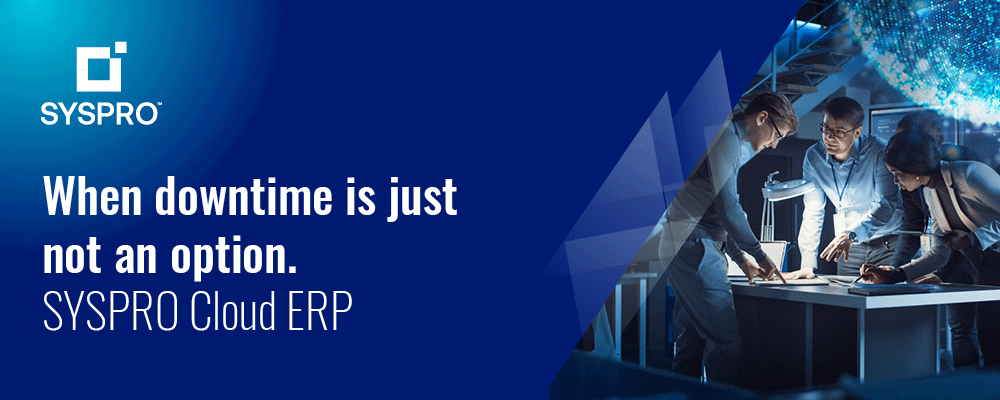TechForum
Manufacturing operations management provides real-time visibility, enables data-driven decision-making and connects operations across the enterprise, says Marius Wessels, manager: professional services for SYSPRO Africa.
TechForum
Adoption of AI in manufacturing: A look into trends, strategies, challenges
AI-driven technologies empower manufacturers to harness vast amounts of data, gain valuable insights, automate routine tasks and drive innovation, says Kevin Dherman, chief innovation officer at SYSPRO.
TechForum
How technology is enhancing compliance for manufacturers
Regulatory technology allows manufacturers to stay ahead of regulatory changes while maintaining operational excellence, says Marius Wessels, professional services manager at SYSPRO Africa.
Business
SYSPRO appoints Leanne Taylor as chief revenue officer to drive global growth, digital transformation
Taylor most recently served as senior VP of Group Commercial Strategy at Cloud Software Group.

